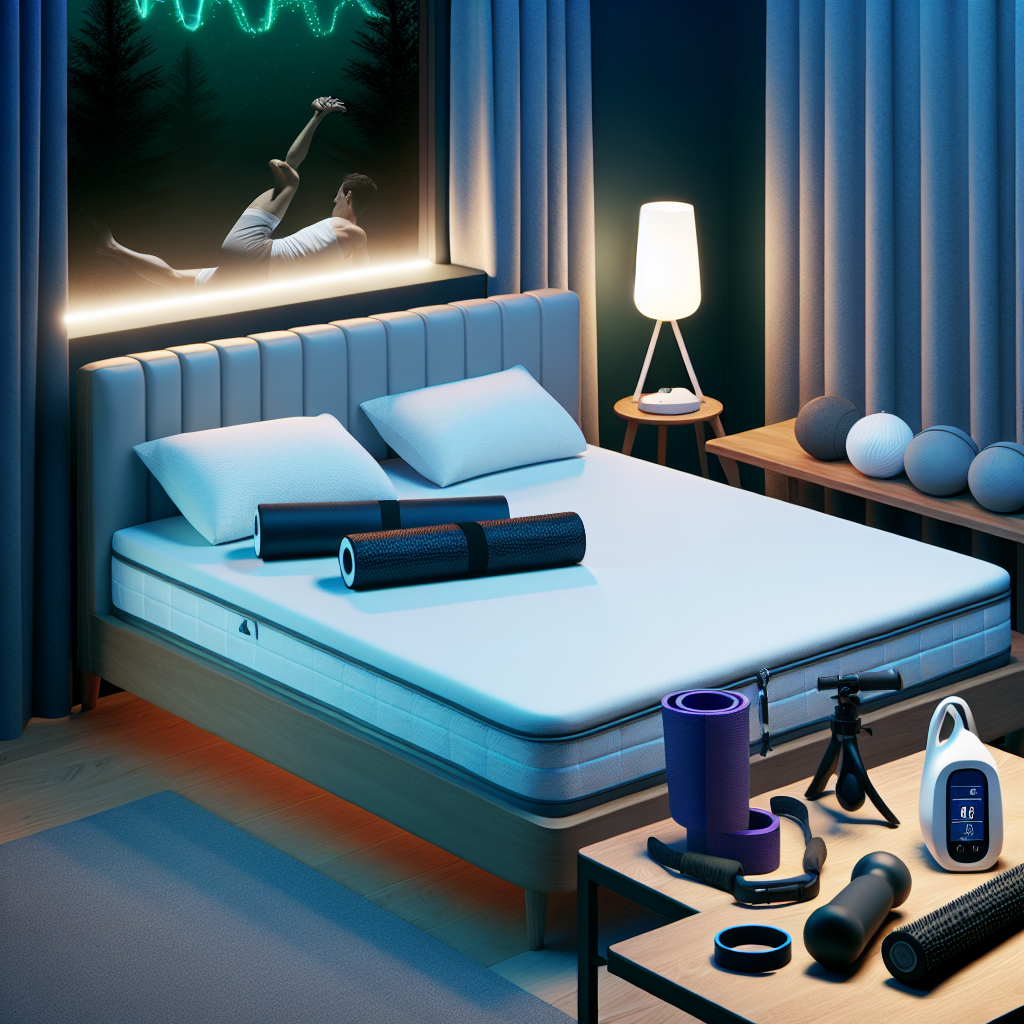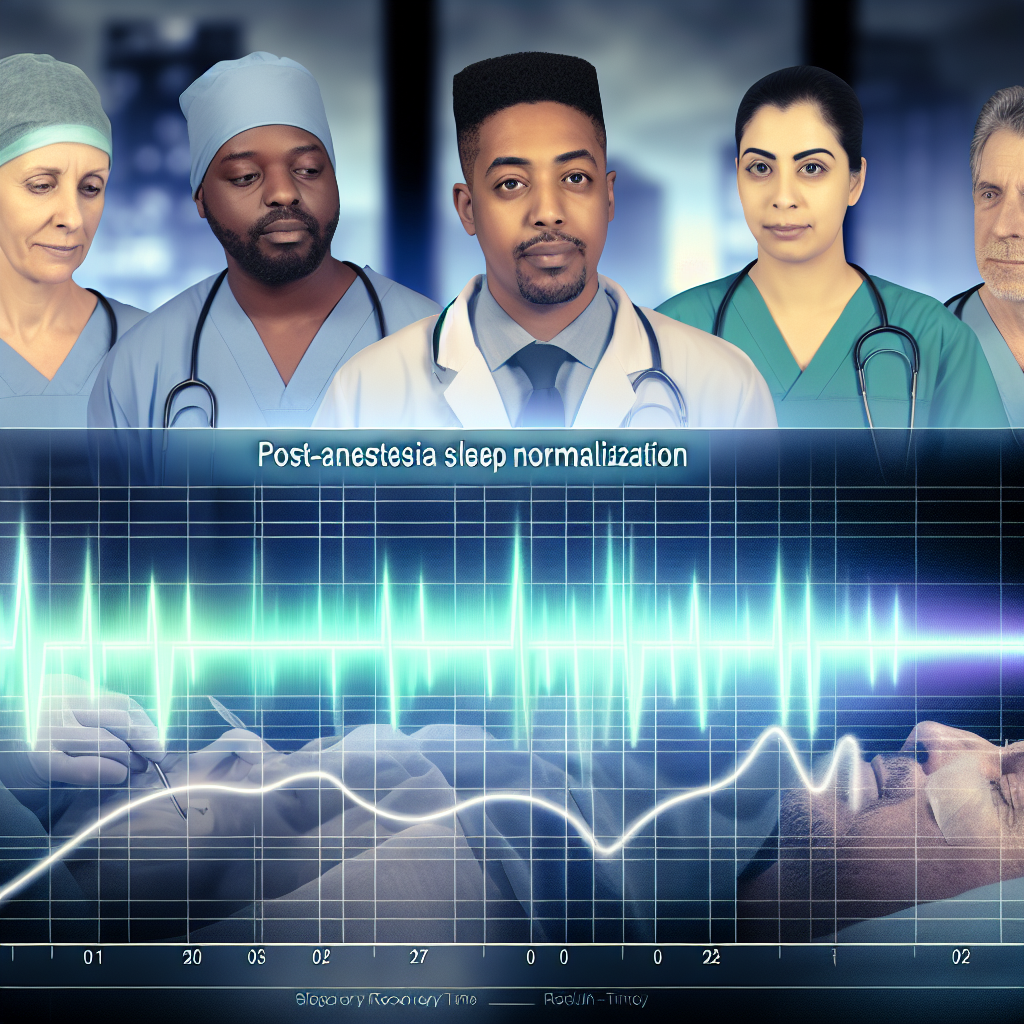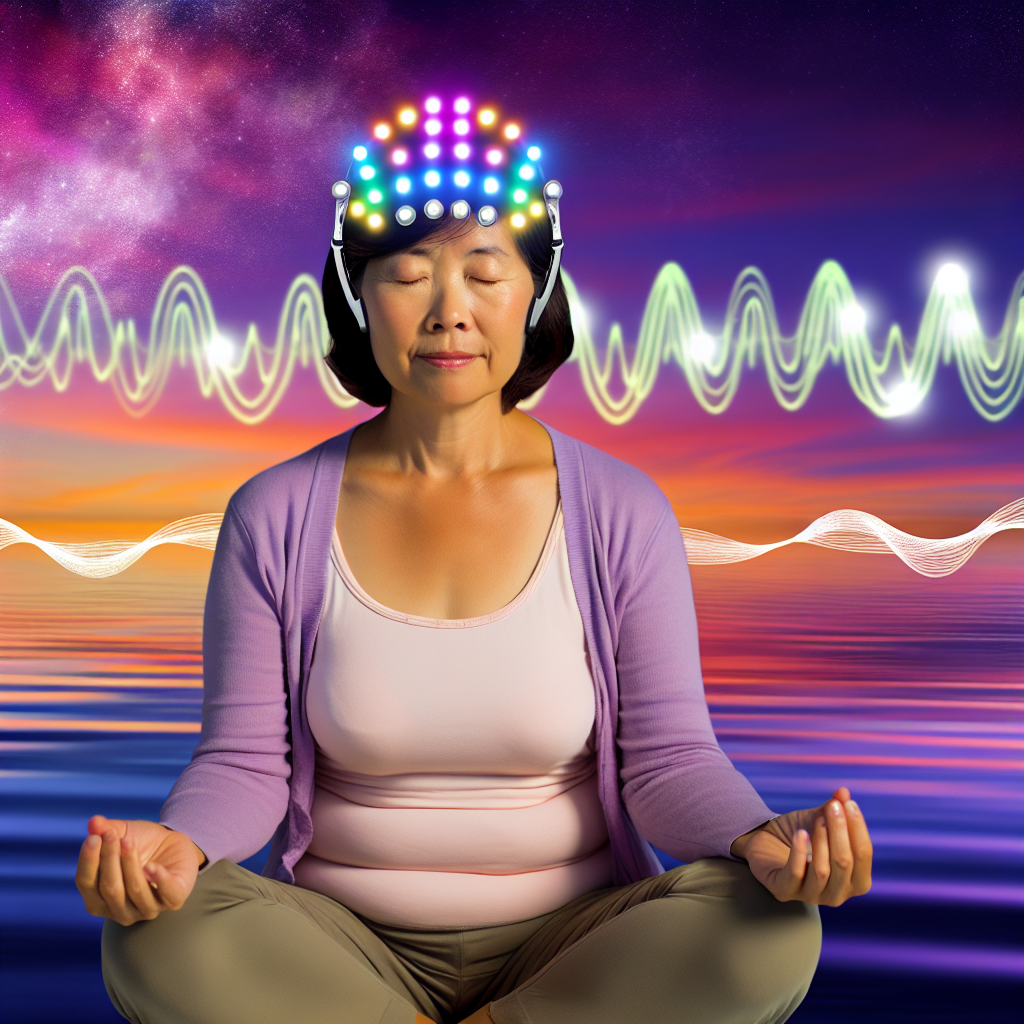Athlete Sleep Recovery Systems Review
Introduction
Optimal sleep recovery is a crucial yet often overlooked component of an athlete’s performance strategy. Whether you’re a professional athlete or a weekend warrior, sleep directly impacts physical recovery, cognitive function, and overall athletic performance. Research indicates that athletes who prioritize structured sleep recovery strategies experience enhanced muscle repair, improved reaction times, and better mental resilience.
Athletes put their bodies under intense physical stress, which requires adequate rest for healing and regeneration. During deep sleep, the body releases key hormones such as growth hormone, which aids in muscle repair and tissue growth. Additionally, quality sleep improves motor function, coordination, and endurance, leading to better performance and reduced injury risk. Unfortunately, due to rigorous training schedules, travel demands, and competition stress, athletes often struggle with sleep disturbances, impacting their recovery and performance.
To combat these challenges, various athlete sleep recovery systems have been developed. These systems incorporate advanced sleep technologies, wearable devices, smart mattresses, and scientifically backed recovery tools that promote better sleep hygiene. From sleep tracking wearables to temperature-controlled mattresses, the industry has evolved to offer cutting-edge solutions that help athletes achieve optimized rest.
This article reviews the latest athlete sleep recovery systems, analyzing their benefits, features, and scientific backing. By understanding the importance of sleep and exploring available recovery systems, athletes can make informed decisions to improve their rest, leading to better performance and long-term health.
The Science Behind Athlete Sleep Recovery
Scientific studies have highlighted the importance of sleep for athletic recovery, focusing on how different systems can enhance sleep quality. Research published in the *Journal of Sports Sciences* found that increased sleep duration and quality lead to improved performance outcomes across various sports disciplines. Sleep deprivation, on the other hand, has been linked to impaired cognitive functions, slower reaction times, and decreased endurance [(Watson, 2017)](https://doi.org/10.1080/02640414.2017.1290256).
Cutting-Edge Features of Athlete Sleep Recovery Systems
1. Wearable Sleep Trackers: Monitor and Optimize Your Rest
Devices like the Oura Ring, WHOOP, and Fitbit are revolutionizing athlete sleep monitoring. These wearable sleep trackers analyze sleep cycles, heart rate variability (HRV), and body temperature to provide comprehensive sleep quality feedback. According to a study published by the *National Library of Medicine*, HRV monitoring can help athletes gauge their recovery levels and adjust training intensity accordingly [(Esco et al., 2017)](https://pubmed.ncbi.nlm.nih.gov/28599099/).
2. Temperature-Regulated Sleep Systems: Control Your Ideal Sleep Climate
Body temperature plays a crucial role in sleep quality. Products like the Eight Sleep Pod and ChiliSleep systems use advanced thermoregulation to optimize sleep temperatures. A study by Harding et al. (2019) in the *Journal of Physiological Anthropology* suggests that cooling the body during sleep enhances deep sleep stages, improving recovery rates for athletes [(Harding et al., 2019)](https://doi.org/10.1186/s40101-019-0212-3).
3. Smart Mattresses and Sleep Aids: Tailored Support for Enhanced Recovery
High-performance mattresses such as TEMPUR-Pedic and Sleep Number utilize memory foam and adjustable firmness settings that cater to specific recovery needs. Many of these smart mattresses incorporate sleep-tracking technology to monitor rest patterns and suggest personalized adjustments. Research from the *Sleep Research Society* indicates that a supportive mattress can significantly reduce musculoskeletal discomfort and improve sleep efficiency [(Radwan et al., 2015)](https://doi.org/10.5665/sleep.4628).
4. Compression and Muscle Recovery Technology: Boost Circulation for Faster Healing
Products like NormaTec recovery boots and Hyperice massage devices enhance circulation and reduce muscle soreness, contributing to quicker recovery. While these do not directly improve sleep, they facilitate a more relaxed state that enables deeper, uninterrupted sleep. A study in the *Journal of Strength and Conditioning Research* suggests compression therapy improves circulation and post-exercise recovery [(Winke & Williamson, 2018)](https://doi.org/10.1519/JSC.0000000000002721).
5. Blue Light-Blocking Technology: Reduce Screen-Induced Sleep Disruptions
Exposure to blue light from screens before bedtime can interfere with melatonin production, delaying sleep onset. Athletes using blue light-blocking glasses or apps that adjust display warmth (e.g., f.lux, Apple Night Shift) have reported improved sleep latency. Studies show that limiting blue light exposure before bed enhances melatonin levels and sleep efficiency [(Cajochen et al., 2000)](https://doi.org/10.1210/jcem.85.12.6994).
6. Mindfulness and Sleep Apps: Calm Your Mind for Deeper Rest
Applications like Calm and Headspace offer guided meditations, breathing exercises, and sleep sounds that promote relaxation before sleep. Mindfulness-based sleep interventions have been scientifically proven to reduce sleep latency and improve overall sleep quality [(Ong et al., 2012)](https://doi.org/10.1016/j.brat.2012.08.001).
Conclusion: Investing in Sleep is Investing in Performance
In the world of sports and athletic performance, sleep is just as crucial as physical training and nutrition. Athlete sleep recovery systems have evolved to offer cutting-edge solutions that cater to an individual’s recovery needs. From wearable sleep trackers to temperature-regulated mattresses, these tools help athletes monitor and optimize their sleep cycles effectively.
Scientific research supports the notion that high-quality sleep benefits muscle repair, neurological function, and overall performance. By integrating sleep recovery technology into their routines, athletes can maximize their training efforts, reduce injury risks, and sustain long-term well-being. Investing in sleep is an investment in performance and longevity, making it a critical component of any athlete’s success strategy.
Summary: Optimal sleep recovery is essential for athletes to maximize their performance and minimize injury risk. Cutting-edge athlete sleep recovery systems, including wearable trackers, temperature-regulated mattresses, and mindfulness apps, offer scientifically-backed solutions to help athletes monitor and improve their sleep quality. By prioritizing sleep, athletes can enhance muscle repair, cognitive function, and overall athletic outcomes.

Dominic E. is a passionate filmmaker navigating the exciting intersection of art and science. By day, he delves into the complexities of the human body as a full-time medical writer, meticulously translating intricate medical concepts into accessible and engaging narratives. By night, he explores the boundless realm of cinematic storytelling, crafting narratives that evoke emotion and challenge perspectives.
Film Student and Full-time Medical Writer for ContentVendor.com




